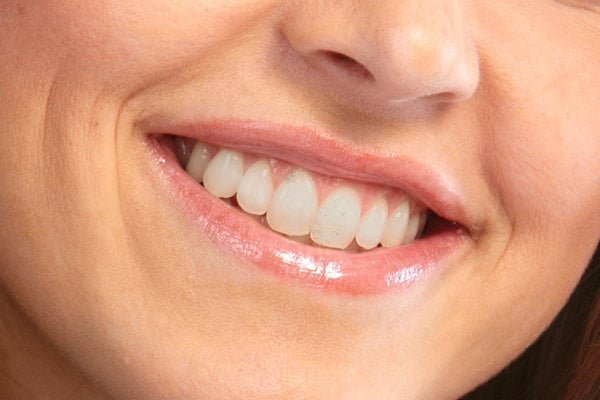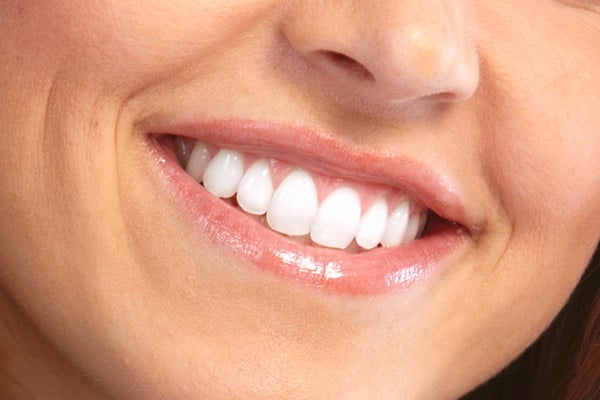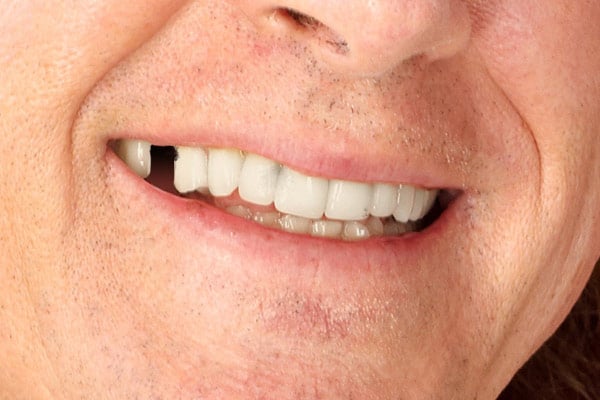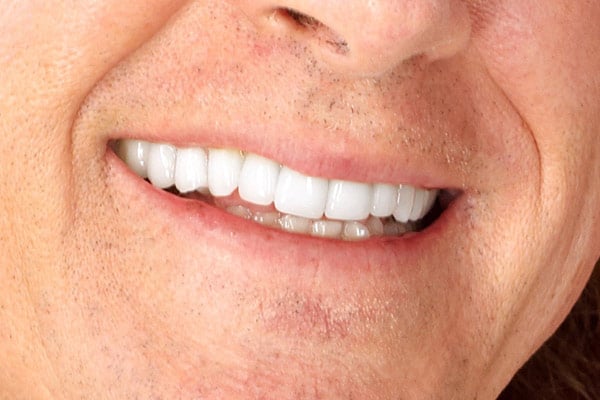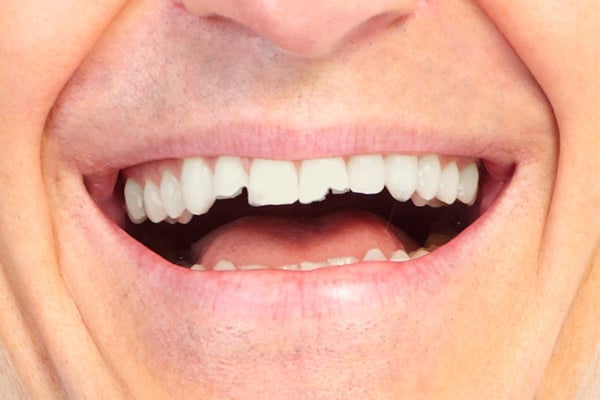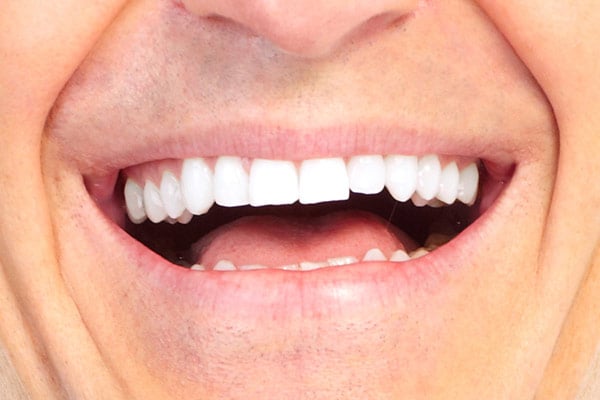Laser-assisted gum surgery, also known as laser-assisted periodontal therapy (LAPT), is a cutting-edge approach used in the treatment of periodontitis, a severe form of gum disease that affects the supporting structures of the teeth. This innovative technique utilizes laser technology to precisely remove infected gum tissue, eliminate bacteria, and promote gum tissue regeneration, resulting in improved gum health and overall oral well-being.
The procedure begins with a comprehensive examination and evaluation by a periodontist or a dentist specializing in gum disease. Through clinical assessment and diagnostic tests, the extent and severity of periodontitis are determined. If laser-assisted gum surgery is deemed suitable, the treatment plan is developed based on the individual’s specific needs.


